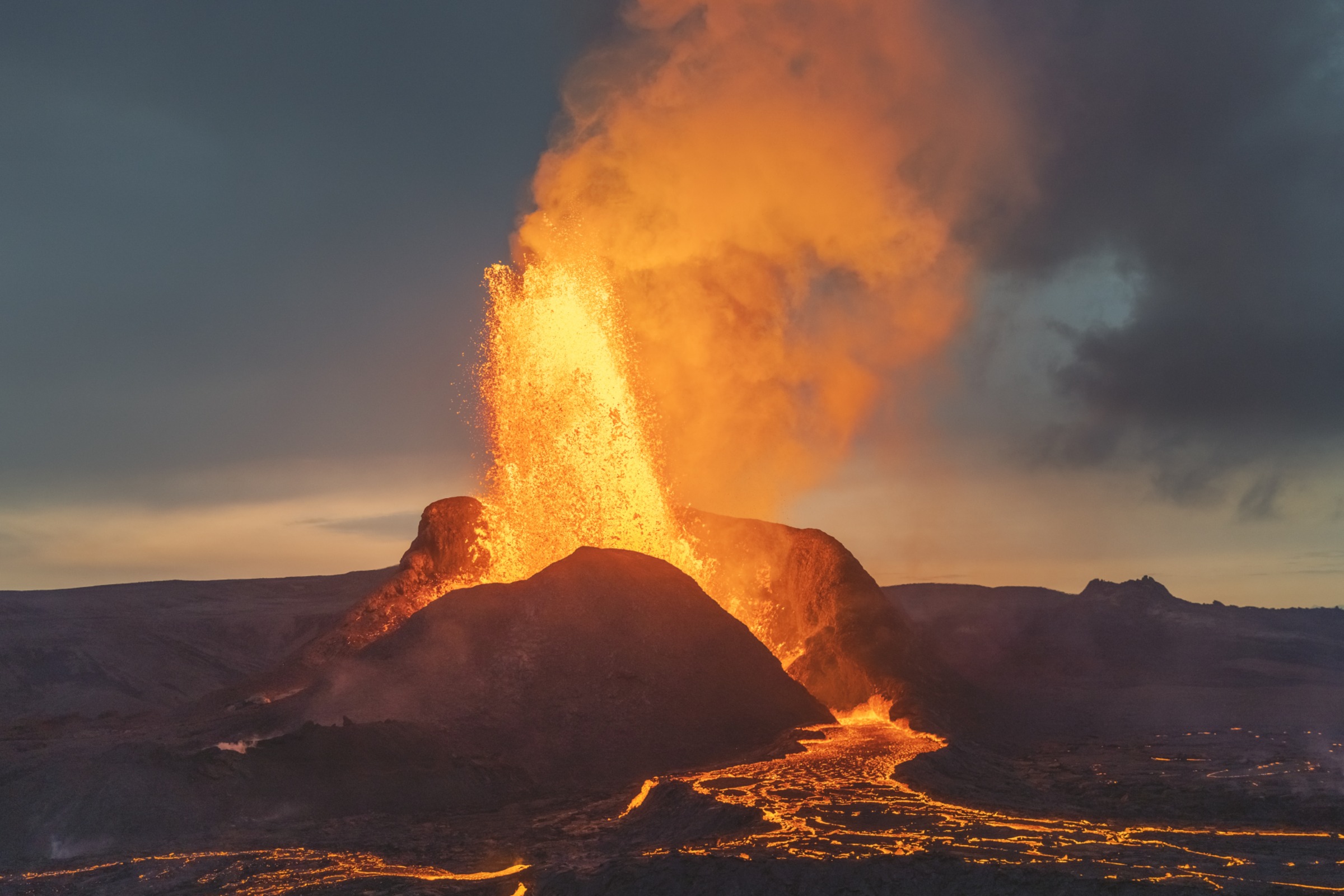While many science books would have you believe the Earth’s lower mantle—the layer deep below the crust—is smooth, it’s actually made up of a mountainous-like topography that moves and changes just like the crust above it. Further, research shows that this lower mantle contains two continent-sized structures, which researchers have dubbed big lower-mantle basal structures, or BLOBS.
We don’t know exactly what these BLOBS consist of, but scientists suspect they could be made up of the same materials surrounding them. In fact, new research published in the journal Communications Earth & Environment suggests that the planet’s volcanic activity may be driven by volcanic plumes that move with their origins.
The origins in question, researchers believe, could be the BLOBS found deep within the Earth. These mysterious structures appear to be the driving force behind the Earth’s volcanic history, and while there are scientists hard to work trying to prove that, looking at past simulations has painted a pretty clear picture to work with.
To start with, the researchers used computer models to simulate the movements of the BLOBS over 1 billion years ago. These models showed that the BLOBS produced mantle plumes that were sometimes tilted or even rose up higher. This suggests that the eruptions seen over the past billion years likely took place above the BLOBS, or at least very close to them.
The researchers believe that this data shows that the Earth’s volcanic activity could somehow be linked to the BLOBS, despite how deep they are in the Earth. The findings are “encouraging,” the researchers note in a post on The Conversation, as it suggests that future simulations may be able to predict where mantle plumes will strike next. This could help us create a general volcano warning system.
Despite being destructive—the Hunga volcano eruption of 2022 continues to set records years later—large volcanic eruptions also have the ability to create new islands and landmasses. Knowing where they occur—or where they occurred in the past—could help us save lives and better understand how our planet formed at different points in history. Of course, we still have a lot to learn about the mysterious BLOBS found deep in the Earth. But this research is a smoking gun that could open the door for tons of new discoveries and revelations.
